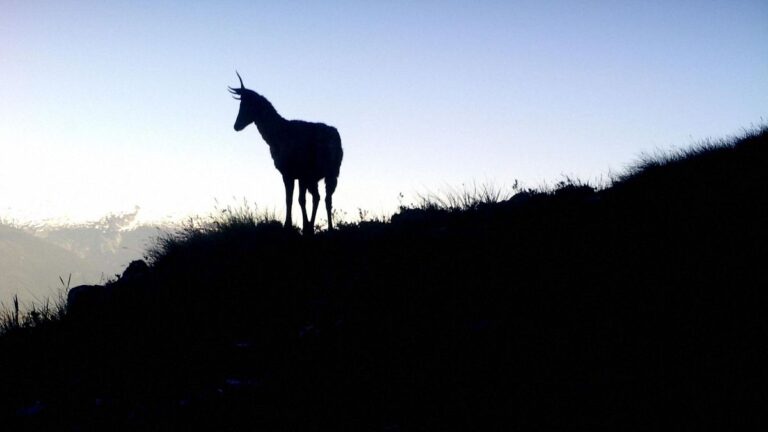The founder of The North Face found inspiration in the Patagonian wilderness to protect endangered species.
advertisement
The vast region of Patagonia is thriving, and it’s all thanks to an American billionaire. Patagonia National Park in Aysén, Chile, provides sanctuary for the endangered Andean Huemul deer.
Alejandra Saavedra, coordinator of the Nandu Reproductive Center in Patagonia National Park, said: “There are not many places like this, so they have very important biodiversity and ecological functions remain unchanged.” “This is a tremendous treasure.”
It is estimated that there are fewer than 1,500 Huemuls in the world. Like most endangered species, they face many challenges. It is frequently attacked by wild dogs and has frequent forest fires.
The park is one of the few places where the Huemul can be studied without human intervention, giving the species a last hope in Patagonia, especially in Cerro Castillo National Park.
Who is Douglas Tompkins?
Without Douglas Tompkins, this land would not have been so thoroughly protected. The founder of The North Face and Esprit sadly passed away in a kayaking accident in 2015. But 30 years before his death, he dedicated his fortune to conservation. This inspired Chilean President Michelle Bachelet to create five new national parks and place millions of acres of land under strict environmental protection.
In 1990, Tompkins purchased and donated 8,000 square kilometers of land (about the size of Cyprus) to Chile and Argentina to help improve their biodiversity.
His vision was to create a sanctuary in southern Chile that could be enjoyed by both hikers and animals.
Today his dream came true. The Chilean part of Patagonia National Park is an ecological treasure trove. This is a true example of ecological conservation, meaning it is largely managed without interference from nature.
To learn more about conservation efforts in Chilean Patagonia, watch the video above.
Video Editor – Sivan Sarna

